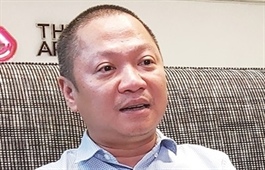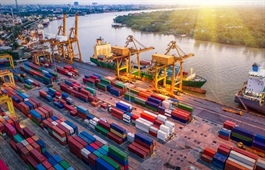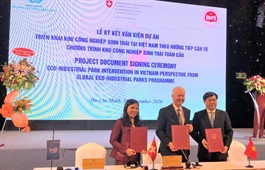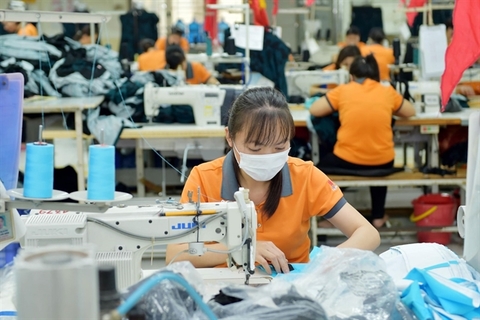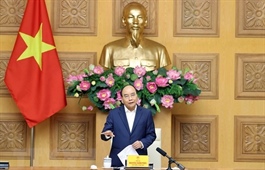Bottlenecks in Vietnam’s renewable energy development
Bottlenecks in Vietnam’s renewable energy development
Vietnam will likely have to increase coal power to ensure stable and affordable power supply.
Vietnam has pursued a renewable strategy for the sustainable economic growth but gridlock has slowed the power master planning and affected the market landscape.
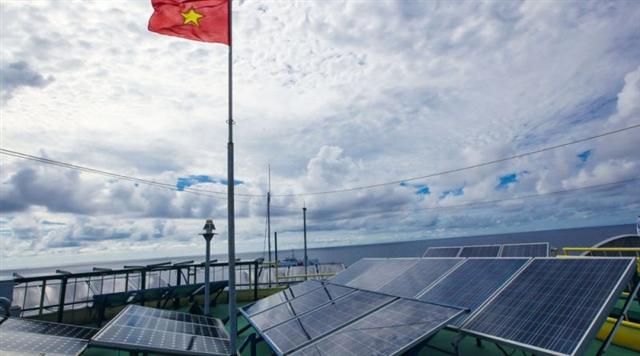
There remains multiple hindrances in Vietnam's renewable energy sector
|
The economic impact of Covid-19 and the limitations of Vietnam’s national grid will hinder the country’s attempts to turn away from coal and embrace renewable energy, David Whitehouse told Petroleum Economist.
Vietnam needs to meet electricity demand growth of about 8% per year, with power consumption forecast to rise from 265-278 terawatt-hours (TWh) in 2020 to 572-632 TWh in 2030.
A draft power development plan showed that the country will move forward with 15 coal-fired power projects with a combined capacity of 18GW by 2026. Vietnam will cancel or postpone until after 2030 nearly half of its previously planned increases in coal power capacity.
In terms of natural resources, the country is well endowed for solar and wind generation, with extensive coastlines, slopes and rivers combined with high annual rainfall. Its wind power potential exceeds that of Thailand. As of June, 12 gigawatts (GW) of wind power projects proposed by private investors had been approved.
Transmission overload
A November report from think-tank Institute for Energy Economics and Financial Analysis said that renewable energy will make discussion of new coal power “obsolete” by the end of the decade.
However, war and its legacy have delayed the development of Vietnam’s national grid, with the first 500kV line connecting three regional grids coming into operation only in 1994. Analytics firm IHS Markit said in June that many southern transmission lines and substations were at full load or overloaded. It warned that developing transmission lines between the north, central and southern parts of the country was “critical.”
According to researchers led by Thi Thu Nga Vu of the Electric Power University in Hanoi, transmission lines between north and central Vietnam are always in high load status, especially in flood season.
The transmission network to the heavily populated urban centers of Hanoi and Ho Chi Minh City is often stretched. In the southern and central regions, where solar projects are concentrated, the grid remains poorly developed. The current grid, the researchers write, may be able to absorb only about 2GW of renewable energy.
Grid capacity “has been and is likely to continue to be a constraint for both onshore and offshore installations,” said Philip Andrews-Speed, principal fellow at the energy studies institute of the National University of Singapore. Solar and wind will grow in importance but are “unlikely to be dominant until the issue of cheap storage is solved.”
He said Vietnam could follow the approach of the Philippines and invite bids for grid investment.
Hydropower accounts for the largest share of Vietnam’s renewable energy supply. The country could import hydropower from Laos as a stopgap, Andrews-Speed said, but that assumes transmission lines being in place.
Concerns
Vietnam needs about US$10 billion of investment per year to meet energy demand, according to professional services firm Dezan Shira & Associates. That has prompted the government to allow 100% foreign ownership of energy companies.
A key to the mix will be how quickly Vietnam’s LNG regasification plants and associated gas-fired power plants can be built, Andrews-Speed said.
But according to consultancy Rystad Energy, planned regasification projects globally are at risk due to the Covid-19 economic slump, leaving the use of coal as the only viable option. It highlights Vietnam as a case in point.
Rystad said Vietnam will produce only 7 billion cubic meter (m3) of gas in 2025 versus an earlier projection of 10 billion m3. Increasing LNG imports will be difficult due to terminal constraints. Four planned terminals will make only a marginal impact on LNG import capacity by 2023.






